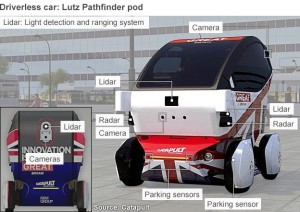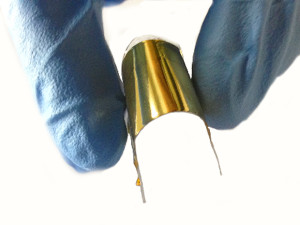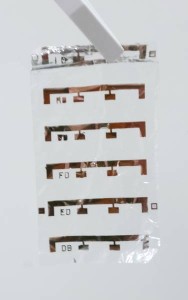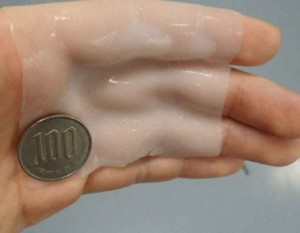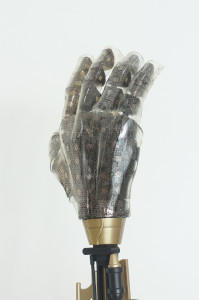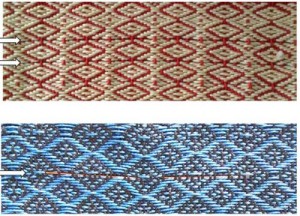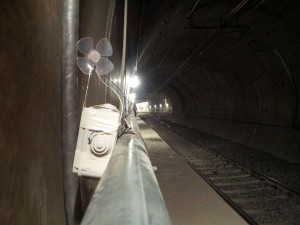
The sensors contain innovative distributive mechanisms, which enable online situation awareness and adaptive learning based on artificial intelligence.
Image: GENESI
If these walls could talk… actually, they can. A new project that goes by the acronym GENESI (Green sEnsor Networks for Structural monItoring) is working to give infrastructure the ability to tell us how it feels.
GENESI researchers are creating various sensor that fit inside buildings, tunnels, and bridges. This novel generation of green wireless sensor networks’ main aim is to allow structures to communicate their status.
The sensor device itself combines a low power node platform with a multi-source energy harvester, a small factor fuel cell, and an energy efficient radio. Each sensor has the ability to monitor vibrating strain, displacement, temperature, and soil moisture.


